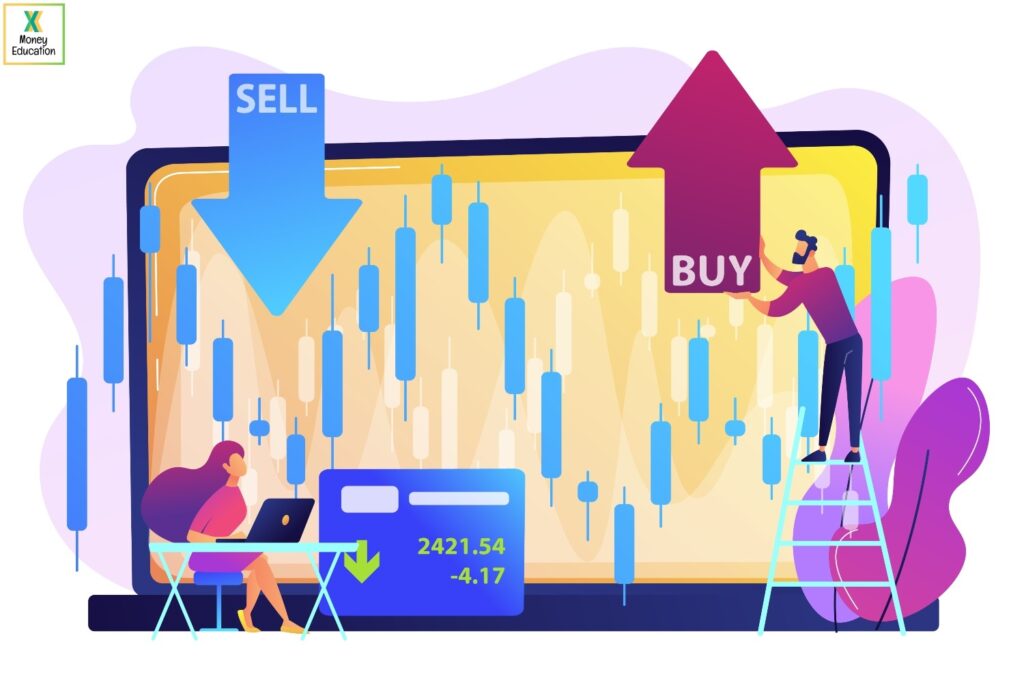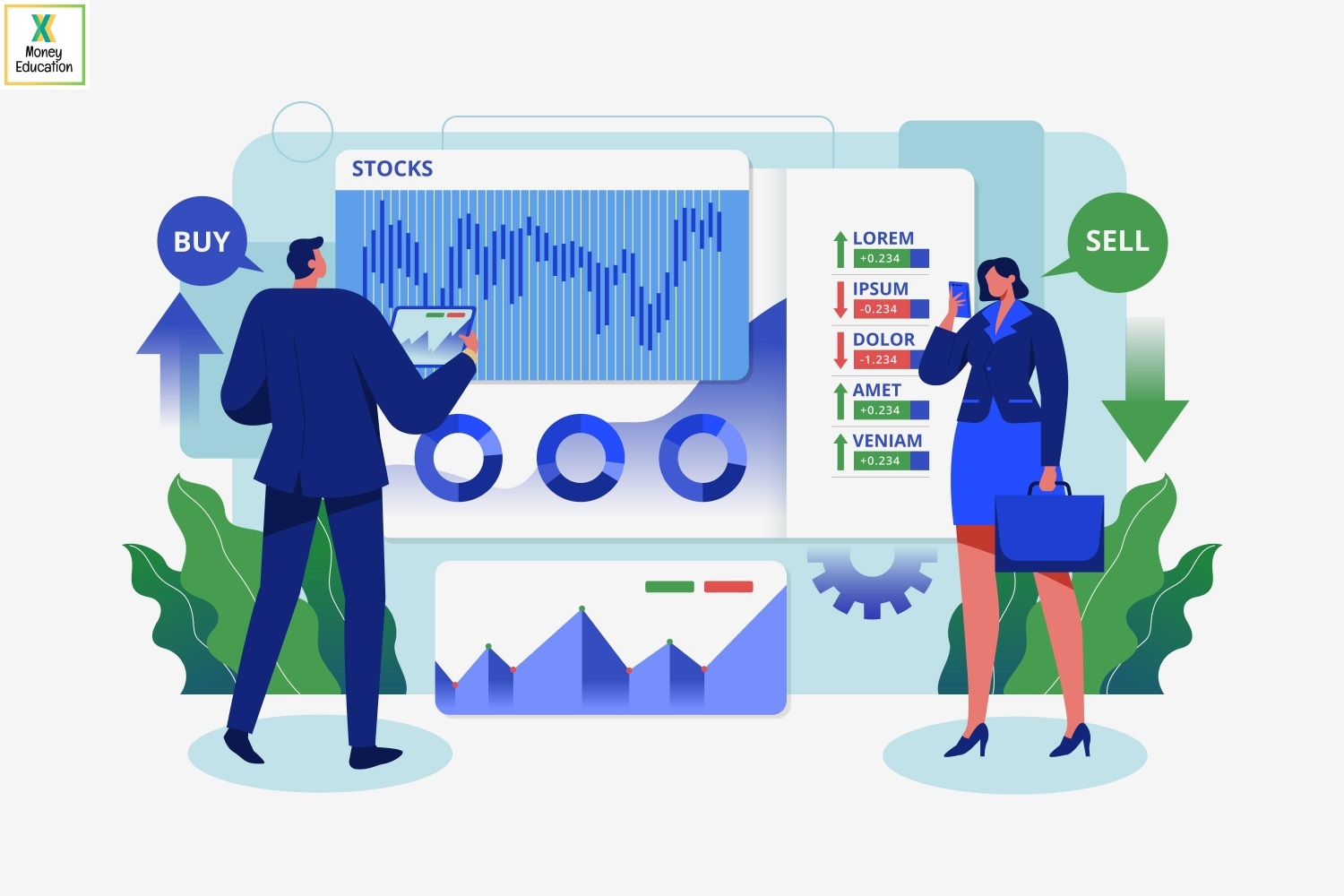Learn how to trade from home and be good at it
- Comments Off on Learn how to trade from home and be good at it
I want to learn how to trade. Where should I start?
If you are looking forward to starting a career in trading, there is a lot to learn as a beginner. From starting the account to deciding what to trade, you first need to learn how to trade before diving into the market. You also need a proper set of equipment and software that allows you to determine the current market and make the right decisions at the right time. So technically, before starting the trading process, you need to decide what to trade, the capital amount you are willing to use for trading, and the risk management techniques you want to implement.
Learn how to trade from home with these tips
So, here are some tips to help you start your trading journey in the right direction with confidence and basic knowledge.
1) Choose a suitable market
When you are going for day trading, there are multiple markets you can choose from. Every market has a bit of profit potential with its own set of advantages and disadvantages. So, before choosing a market,
- Decide how much capital you are willing to invest in your trade, and
- Always start from a simple market and then master the remaining markets over time with experience
Trying to understand all the markets will create confusion and poor time management due to divided attention. So choose one market and focus on making money through that market which can serve as an experience. Remember, patience is more important in trading. Depending on your capital, you can choose a market based on what you like and how much you can afford.
The foreign exchange market allows you to trade currencies like Euros and US dollars with minimum capital investment. The minimum investment can be just a simple $20, and you can increase it further in the future. This is a profitable market, and we recommend you start with a bit more capital.
Future market
These markets require a basic investment, and they deal with the trading of commodities like oil, gold, silver, and so on. They offer you multiple choices that you can pursue in the future.
Stock market
This is a more intensive option and requires a lot of knowledge of trading. The stock market is quite competitive and requires a huge investment. So we advise you to start your trade with the previous options and then later move onto the stock markets.
2) Equipment, software, and connectivity
This might seem like a simple concept, but they are essential when trading. Most people nowadays prefer online trading. And since you want to learn how to trade from home, here are a few tools that you need to have access to before starting trading.
Laptop or computer
If you already have a laptop, then it is good enough. The quantity of the laptop depends upon your intensity of trading. For intense and heavy operations, the best option is to have two monitors for easy viewing and placing the trades. You can also manage it with a tablet and laptop if the tablet has the appropriate features. If you are still considering purchasing a laptop, it should have a good memory and processing speed to ensure that it functions normally and wouldn’t crash in the middle of operations. You can also purchase a normal computer at a reasonable price and functionality. The processor speed and ability to function continuously without crashing are important to prevent the losses that might occur when you miss out on a trade.
Software
Choosing the correct software is essential while trading. Whichever software you decide to choose, remember that it should have the ability to filter stocks and ETFs, offer real-time streaming data and allow you to set the parameters depending upon the user’s requirement. Some software comes with the ability to customize the front charts according to your preference and recognize patterns for an in-depth analysis. Remember, certain software can be installed on any computer and mobile device, making it easier for you to operate on multiple screens simultaneously.
Strong internet connection
Earlier, we have explained how a system crash might result in losses while performing trading. And since you want to learn how to trade, your internet connections can either make or break you. A poor internet connection is equivalent to a system crash. Hence, it would be best if you had decent cable connectivity like the ADSL internet connection. The speed also needs to be decent, so you might as well consider mid-range or fast connectivity.
Sometimes experienced traders might feel that even a simple slow speed internet will be enough for such an activity. But the truth is that a slow internet speed might be a problem when you have more than one system connected to the internet or have multiple screens functioning simultaneously, resulting in crashes. Obtaining it from a well-known provider will be a suitable choice, or use the internet for a particular period to check its quality before trading.
3) Broker and trading platform
If you are a trader without basic knowledge, then you can facilitate by choosing a broker who charges cheaply. The broker is responsible for facilitating your trades, and the intern charges a particular commission from your trade. Choosing a high commission broker will result in a low profit, which might affect your trading goal. Try to choose a low fee broker with enough experience and offers you support during critical issues. Having a broker is essential, and paying a few bucks extra will allow you to save hundreds and thousands of cash when there is a crash or issues that prevent you from continuing your trade.
Sometimes people also prefer choosing a bank that offers a good trading account. But the commission charges will be higher, making it less profitable for you. So the best option is to go for a well-experienced small broker who can improve your profits and assist you in time of need.

Similar to the software, it is also essential to choose a proper trading platform full stop. There are multiple platforms in the market, and you have to choose a suitable one based on your trading style that will develop in the future. Always remember that it is unheard of for people to have a permanent trading platform. Hence, you are prone to change the platform in the future depending on your requirement and trading advancement.
4) Working hours
When you are involved in trading despite being a beginner or a pro, it is necessary to perform trade regularly. You can maintain consistency by logging in during the same hours each day. Most traders go for a regular session from morning till evening if they look at trading as their main profession. But some people also go for or have other jobs in the morning, making it difficult for them to perform trading regularly. That’s why they usually log in only for 2 to 3 hours per day. So before setting the hours, there are certain things that you need to consider.
Stock
When you are involved in stock trading, the first two or three hours are crucial to the final hour before closing. It will help if you focus on the initial and final hours because these are the hours when volatile prices move. If you are not interested in these time slots, you can choose either one of the two, like morning or evening sessions. However, the morning session is more preferable.
Futures
For futures trading, the opening time will be the greater option for trading. Some of the active futures will have trading activity throughout the day, but starting the activity during the opening time will be more efficient. Remember, every future market has different timing, and they are not constant like the stock markets. Sometimes the closing time can also be quite effective for such volatile future trading.
Forex
This market is used for trading all days of the week. They are available 24/7, and there isn’t any particular time slot during the week. The Euros and US dollars are the most famous per se, and they are bound to record the highest volume during the noontime and early morning between 7 to 10.
5) Managing your risks
Along with all these techniques, it is also necessary to control and manage the risk factors. There are two techniques for reducing risks like trade risk and daily risk.
Trade risk
This concept explains how much you are willing to risk for your trade. For each trade, the best risk factors might be less than or equal to 1%. The position and its size are responsible for the risks you are willing to take. To calculate the appropriate position based upon the stock size and take risks accordingly.
Daily risk
If you want to avoid losing a lot of money, the best option is to set a daily loss limit that will prevent your trade from taking a downside. Choosing up to 3% is a valid option, and once you reach the point, it is wise to stop trading.
What’s next?
These points are essential when you learn how to trade from home, especially for starting a trade. So, after setting up all these details, you can now create an account and start trading. Just remember that for a successful trade, you need to start small and grow exponentially from there.
If you consider trading as a full-time career, here’s how to work faster and efficiently when working from home.



